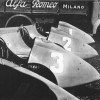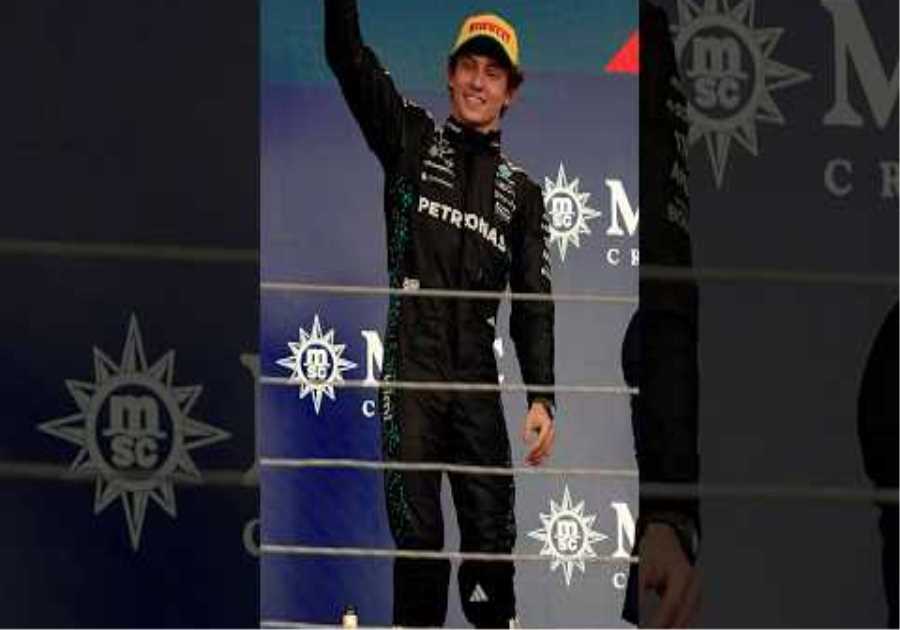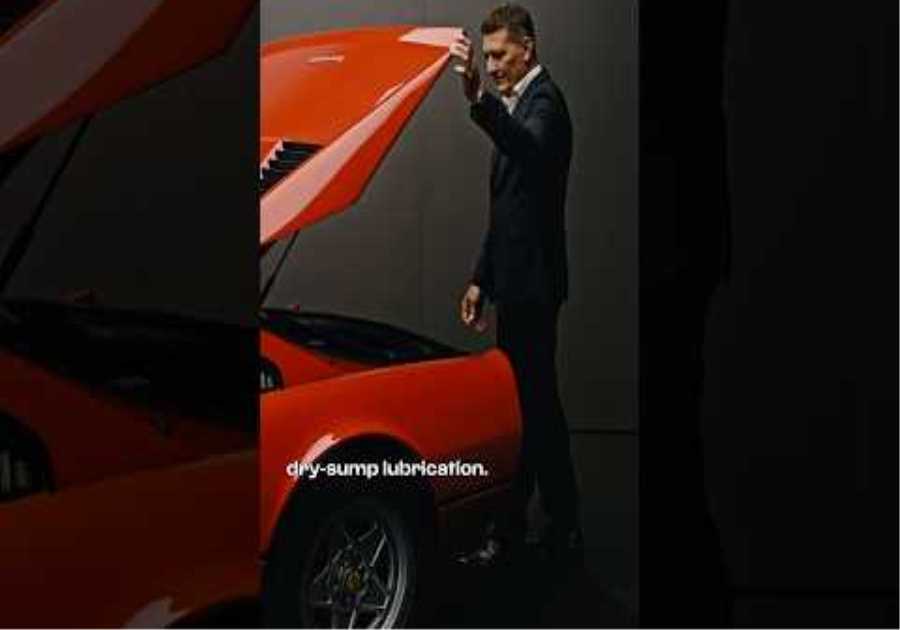
The first modern Formula 1 world championship race took place on May 13, 1950 at the Silverstone Circuit in Silverstone, England. Giuseppe “Nino” Farina won the Grand Prix of Europe convincingly with his Alfa Romeo Tipo 158 ‘Alfetta’.
In 1950, Alfa Romeo fielded a four-man “Alfetta” team for the first Formula 1 world championship race on the Silverstone track. Giuseppe “Nino” Farina, who became world champion at the end of the season, and Luigi were entrusted to Fagioli, Juan Manuel Fangio, the rising Argentine star who won the world title again 51 with the Alfetta, and Reg Parnell, a British driver who honored of the country in which the first championship was held.
Farina won the race and two other podiums were also Alfa Romeo entrants. The Milan-based company’s cars dominated the race, a script that was repeated throughout the championship. During the season the trios Farina, Fagioli and Fangio were publicly referred to as “3F” and together with their Alfa Romeo they held up the name Italy in international motorsport, a historic moment for the country and Alfa Romeo.
After the checkered flag fluttered between Abbey and Woodcote, King George VI congratulated. All drivers of the Alfa Romeo team personally to the extraordinary result: pole position (Farina), victory (Farina) and two more podiums, fastest lap (Farina) and the top of the league during the Grand Prix. “Nino” Farina took home the first “hat trick” of F1.
Juan Manuel Fangio in the Alfa Romeo 158 at the European Grand Prix
The 158 was the result of a project in 1938, and the “Alfetta”, which twelve years later was still competitive, although with an interval dictated by world events, was still in the midst of its technical development. The regulation of the new Formula 1 made it possible to equip the vehicles with a 1.5 liter supercharged engine or 4.5 liters with atmospheric power. The 158 has an eight-cylinder with a displacement of 1479 cc and a supercharger, which, from 195 hp in 1938, arrived at Silverstone with almost 300 hp in its later developments in 1950. In 1951 the engine achieved a maximum output of 425 hp (450 hp in the test) with the “159”, the further development of the “158”, thanks to a two-stage compressor and a number of other improvements. The regulations neither stipulated a weight limit for the vehicles nor for the amount of fuel on board.
The dominance of the 158 at Silverstone assumed a high symbolic value for Alfa Romeo. The sporting achievements of the Alfetta were a driving force behind the rebirth of the Alfa after the difficulties and damage of a world war that inevitably left its mark. The Alfetta 158 was the last car of the brand’s prewar period. In 1951, after the second world championship, won by Fangio with the “159”, Alfa Romeo officially withdrew from racing in order to concentrate on series production.

Farina finished first in Alfa Romeo 158

Alfa Romeo Type 158 ‘Alfetta’

Farina, Fagioli and Parnell’s Alfa Romeo 158
[Source: Alfa Romeo]
The post First Alfa Romeo F1 victory in memory first appeared on monter-une-startup.






